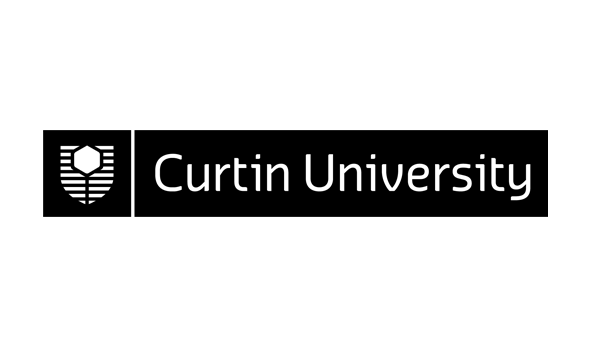308372 (v.2) Sustainable Technology 602 (Green Chemistry)
| Area: | School of Engineering |
|---|---|
| Credits: | 25.0 |
| Contact Hours: | 3.0 |
| ** The tuition pattern below provides details of the types of classes and their duration. This is to be used as a guide only. For more precise information please check your unit outline. ** | |
| Tutorial: | 2 x 3 Hours Quarterly |
| Syllabus: | A principal challenge for sustainable technology development is the design of new products that have increased benefits but without detrimental effects on the environment. Green chemistry - or pollution prevention at the molecular level - is aimed at innovative chemical products and processes that reduce or eliminate the use and generation of hazardous substances in the design, manufacture and use of chemical products. Outlines the basic concepts of green chemistry, looking at the role of catalysts and solvents, waste minimisation, feedstocks, green metrics and the design of safer, more-efficient processes. The concepts are being illustrated with practical examples from various industry sectors. Special emphasis is given to the application of nano-chemistry and nano-technology. |
| ** To ensure that the most up-to-date information about unit references, texts and outcomes appears, they will be provided in your unit outline prior to commencement. ** | |
| Field of Education: | 010599 Chemical Sciences not elsewhere classified |
| SOLT (Online) Definitions*: | Informational *Extent to which this unit or thesis utilises online information |
| Result Type: | Grade/Mark |
Availability
| Year | Location | Period | Internal | Partially Online Internal | Area External | Central External | Fully Online |
|---|---|---|---|---|---|---|---|
| 2009 | Bentley Campus | Semester 2 | Y |
Area External refers to external course/units run by the School or Department or offered by research.
Central External refers to external and online course/units run through the Curtin Bentley-based Distance Education Area
Partially Online Internal refers to some (a portion of) learning provided by interacting with or downloading pre-packaged material from the Internet but with regular and ongoing participation with a face-to-face component retained. Excludes partially online internal course/units run through the Curtin Bentley-based Distance Education Area which remain Central External
Fully Online refers to the main (larger portion of) mode of learning provided via Internet interaction (including the downloading of pre-packaged material on the Internet). Excludes online course/units run through the Curtin Bentley-based Distance Education Area which remain Central External

